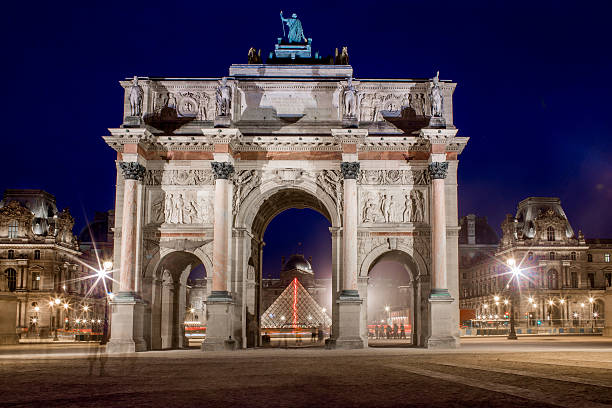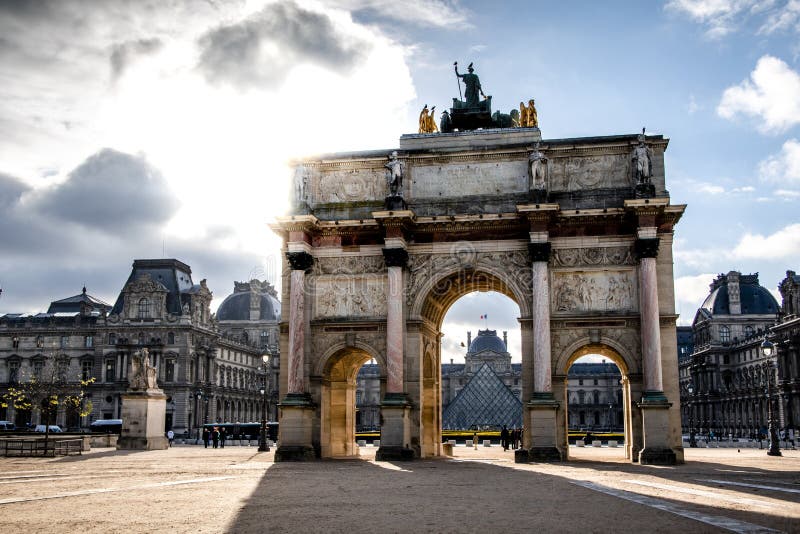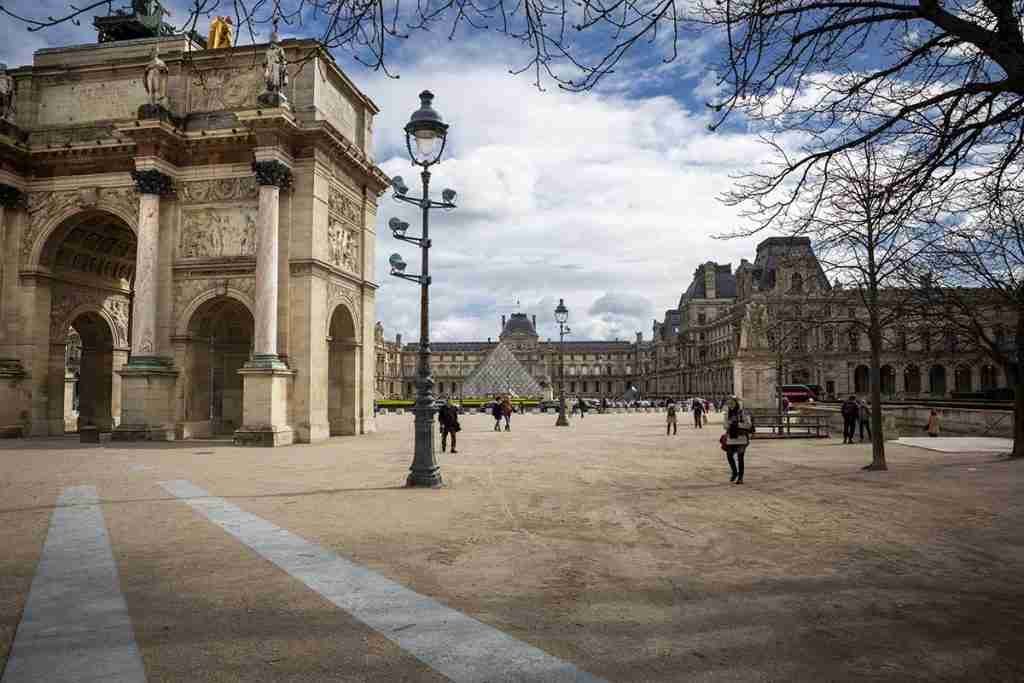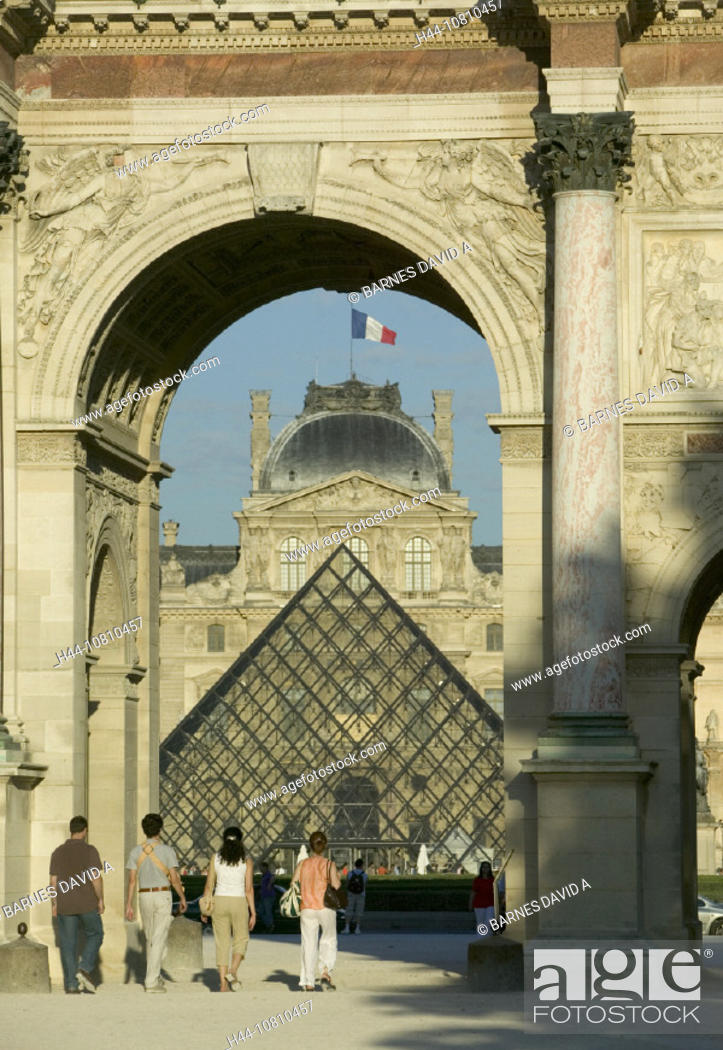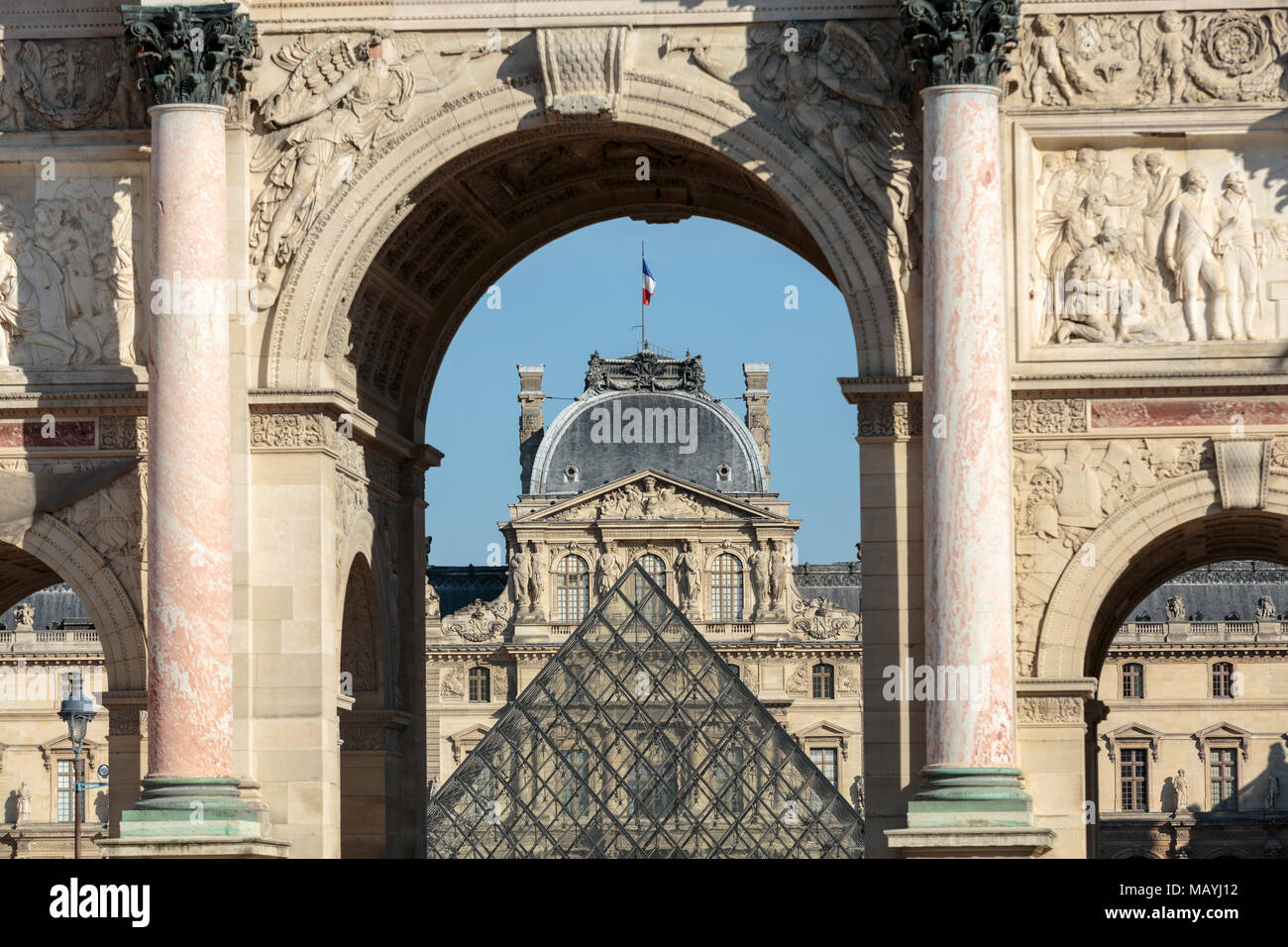|
|
2. Arc de Triomphe du Carrousel
Directly in the courtyard of the Louvre is the Arc de Triomphe du Carrousel that was commissioned by Napoleon to commemorate his military victories (along with the “other” Arc de Triomphe on the Champs Elysées).

Initially, on top of the Arc de Triomphe du Carrousel were placed the Horses of Saint Mark. They had adorned the Basilica of San Marco in Venice since the sack of Constantinople in 1204 and had been brought to Paris where they were placed atop Napoleon’s Arc de Triomphe du Carrousel.
After Napoleon Bonaparte’s defeat at the Battle of Waterloo, many of the countries he had previously conquered asked for their artwork back. The Horses of Saint Mark were returned to Italy and today there is a copy on top instead.
https://snippetsofparis.com/axe-historique-of-paris/ |
|
|
|
|
The Triumphal Quadriga is the group of bronze four horses at St. Mark's Basilica. They were originally outside on the façade, but they have been replaced with replicas and moved inside for protection.
It is unclear when they were made, but it seems that they were brought to Constantinople and placed on the starting gates at the Hippodrome. It is possible that they originally had a chariot with a driver as part of the sculpture. However everything before its relocation to Venice is uncertain. It is clear that the Venetians brought the horses and later placed them on San Marco's façade after the Crusaders sacked Constantinople in 1204. While most of the bronze sculptures in Constantinople were melted down by the Crusaders, this piece is fortunately one of the few to survive. When Napoleon captured Venice, he brought them to Paris and placed it on the Arc de Triomphe du Carrousel, which is now topped with another quadriga. The Triumphal Quadriga have influenced many other quadriga as well.
Page under construction
Copy of the Horses on the Façade of San Marco
Copy of the Horses on Arc de Triomphe du Carrousel
Arc de Triomphe du Carrousel in Paris commissioned in 1806
Briefly location of the San Marco horses
https://www.thebyzantinelegacy.com/triumphal-quadriga |
|
|
|
|
Maquette du Mausolée dHadrien (musée de la civilisation romaine, Rome) (5911811430).jpg
 Wikimedia Commons está disponible en español
From Wikimedia Commons, the free media repository
Jump to navigationJump to search
|
|
|
|
|
La iglesia de Saint-Laurent de París es una iglesia fundada en el siglo XV localizada en el X Distrito, en el antiguo recinto de Saint-Laurent, 119, rue du Faubourg-Saint-Martin, 68, boulevard de Strasbourg y 68, boulevard de Magenta.
La iglesia está construida sobre el eje norte-sur de París que conecta Senlis y Orleans y que fue trazado por los romanos durante la mitad del siglo ii a. C., la actual rue du Faubourg-Saint-Martin, rue Saint-Martin, rue Saint-Jacques y rue du Faubourg-Saint-Jacques.
Después de las clasificaciones y registros iniciales como monumentos históricos, el 1 de febrero de 1945 (79 años), la iglesia fue enteramente clasificada por decreto del 16 de diciembre de 2016.1
|
|
|
|
|
LAST UPDATED: 27 NOVEMBER 2024
You may know Paris for its cathedral Notre-Dame, the Eiffel Tower, its café culture and its amazing museums and art galleries. The French capital is also famous for its fantastic perspective that runs from the Louvre to La Défense. This is the ‘Voie Triomphale’, aka the Historical Axis of Paris.
This line is one of the most prestigious perspectives in the world. In fact, its design has inspired cities such as Buenos Aires, Washington DC, New Delhi and Canberra. In this article, we’ll learn more about the Historical Axis of Paris. We’ll discover the stunning monuments and I reveal to you some stunning facts.
What is the Historical Axis of Paris?
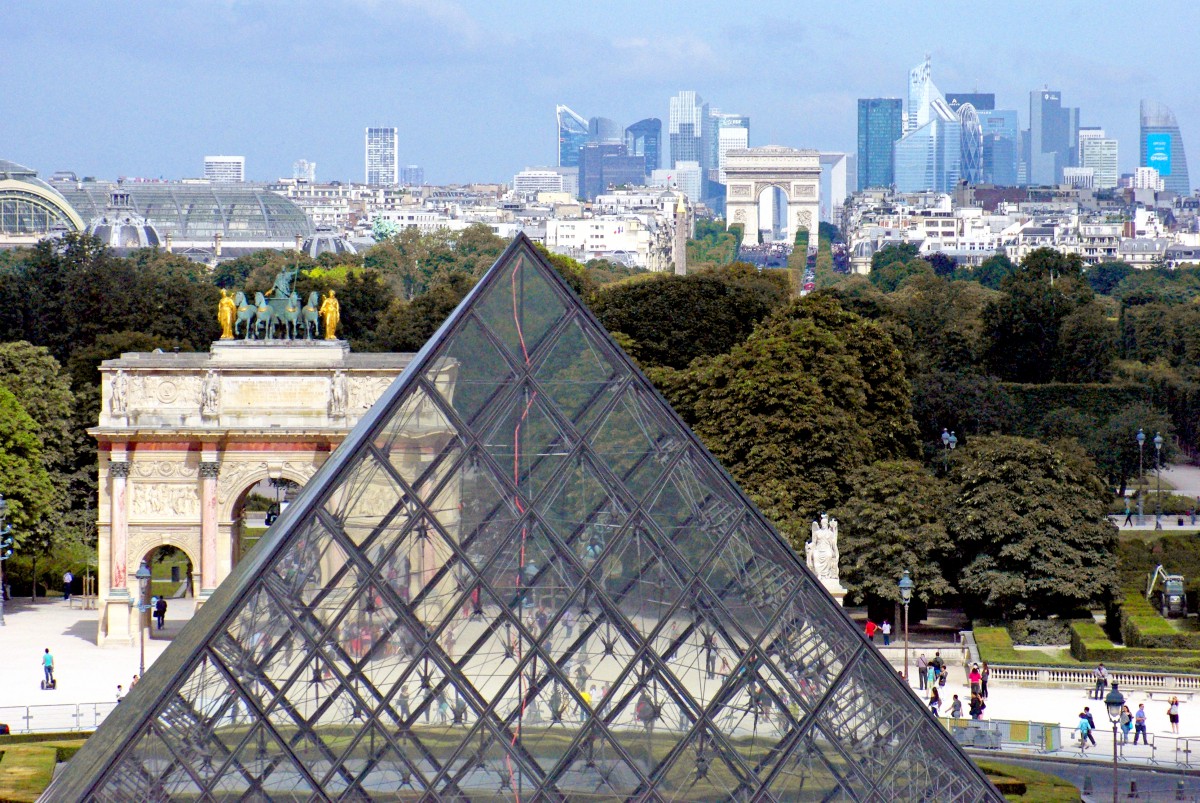 The glass pyramid and the historical axis of Paris © French Moments The glass pyramid and the historical axis of Paris © French Moments
The Historical Axis, also known in French as “Axe Historique”, “Voie Triomphale” or “Voie Royale” is orientated on a 26° angle.
It follows the course of the Sun from its rising in the East to its setting in the West.
Oddly, this angle of orientation is the same as that of Paris’ Notre-Dame Cathedral, some 1,000 metres away from the Louvre Palace.
More than just a series of monuments placed along the axis, it seems that a complex symbolism was at work in the mind of the successive urban planners.
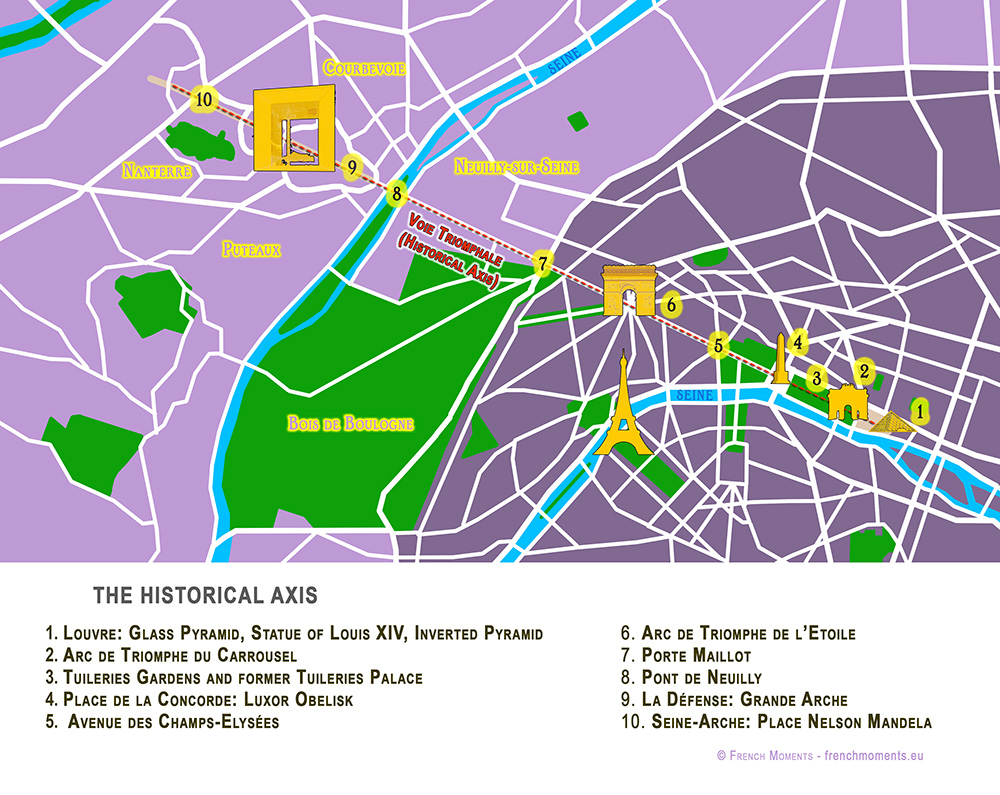
The Historical Axis runs through some of Paris’ most celebrated monuments and squares:
Let’s move along the Historical Axis of Paris, from East to West, starting from the Louvre.
The Palace of the Louvre
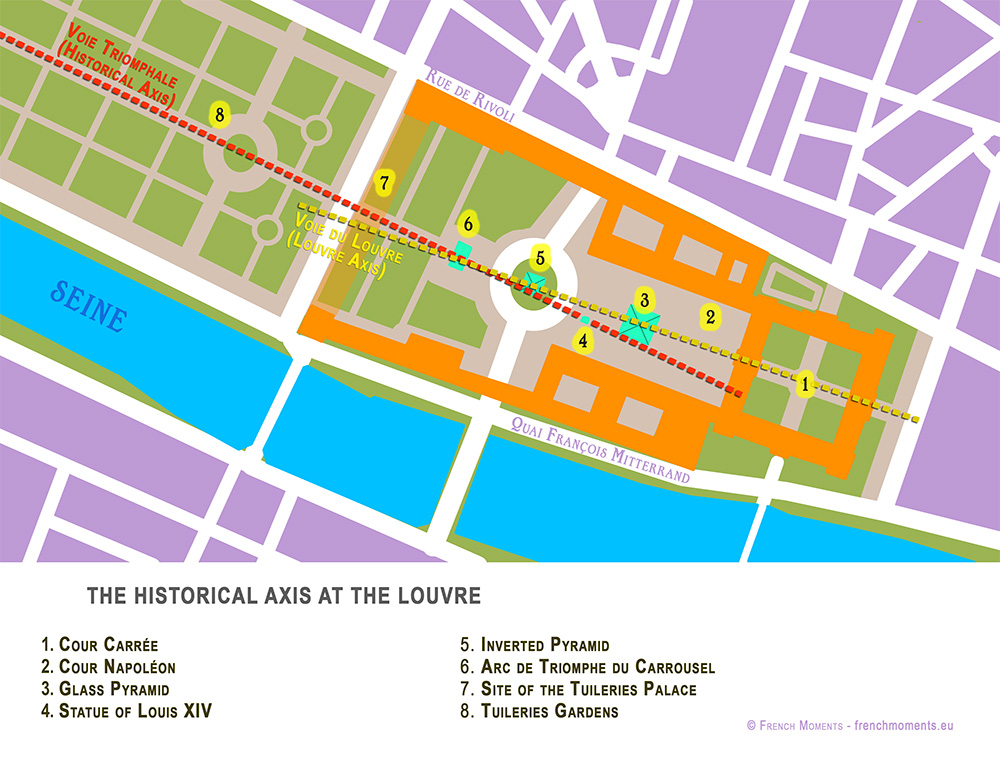
Today the great perspective starts at the Louvre, immediately beyond the Church of St Germain l’Auxerrois.
The crab-shaped Palace was the main residence of the kings of France until 1682, when Louis XIV, the ‘Sun King’, moved his court to Versailles. It currently houses one of the world’s most wonderful museums in a complex that is known as the “Grand Louvre”.
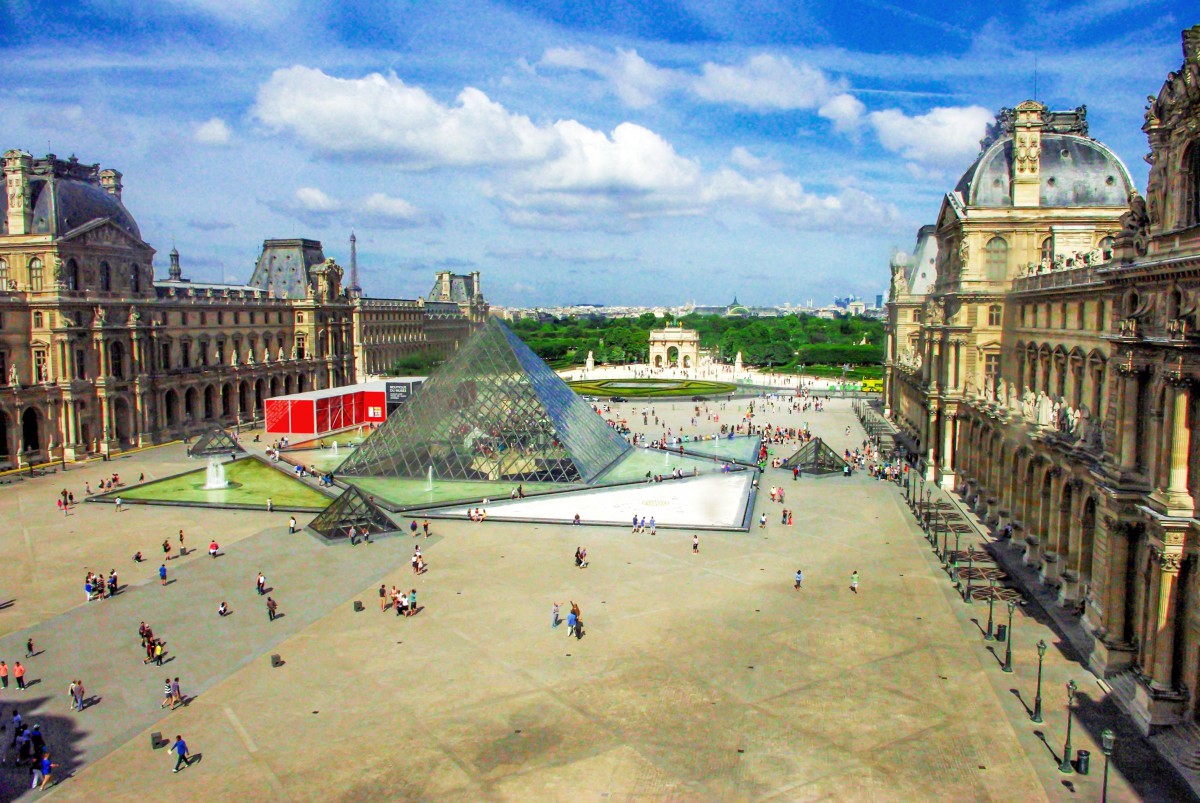 The Louvre today © French Moments The Louvre today © French Moments
The controversial glass pyramid of the Louvre
President François Mitterrand left his mark with his pharaonic project of “Le Grand Louvre”. He wished to complete it for the bicentennial celebration of the French Revolution in 1989. The titanic project comprised of major renovation works and the construction of a new landmark along the Historical Axis: the celebrated (and controversial) Glass Pyramid.
But if you look closer, you’ll notice that the glass pyramid is not aligned with the other monuments on the Historical Axis.
That’s why something had to be added in this vast courtyard of the Louvre…
https://frenchmoments.eu/historical-axis-of-paris-la-voie-triomphale/ |
|
|
|
|
Mary, mother of John Mark – commonly associated with Mark the Evangelist – is mentioned in the New Testament of the Christian Bible, in Acts 12:12,[1] where it is said that, after his escape from prison, Peter went to her house: "When he realized this, he went to the house of Mary, the mother of John whose other name was Mark, where many were gathered together and were praying."[2] This seems to be the only mention of her in the Bible. From this it would appear that Mary's house was a place of gathering for the Apostles and other Christians.
The Monastery of Saint Mark, in the Old City of Jerusalem, contains a 6th-century inscription claiming the place is the site of "the house of Mary, mother of John Mark".
 6th-century Syriac inscription at the Monastery of Saint Mark in the Old City of Jerusalem, stating: "This is the house of Mary, mother of John Mark." 6th-century Syriac inscription at the Monastery of Saint Mark in the Old City of Jerusalem, stating: "This is the house of Mary, mother of John Mark." |
|
|
|
|
  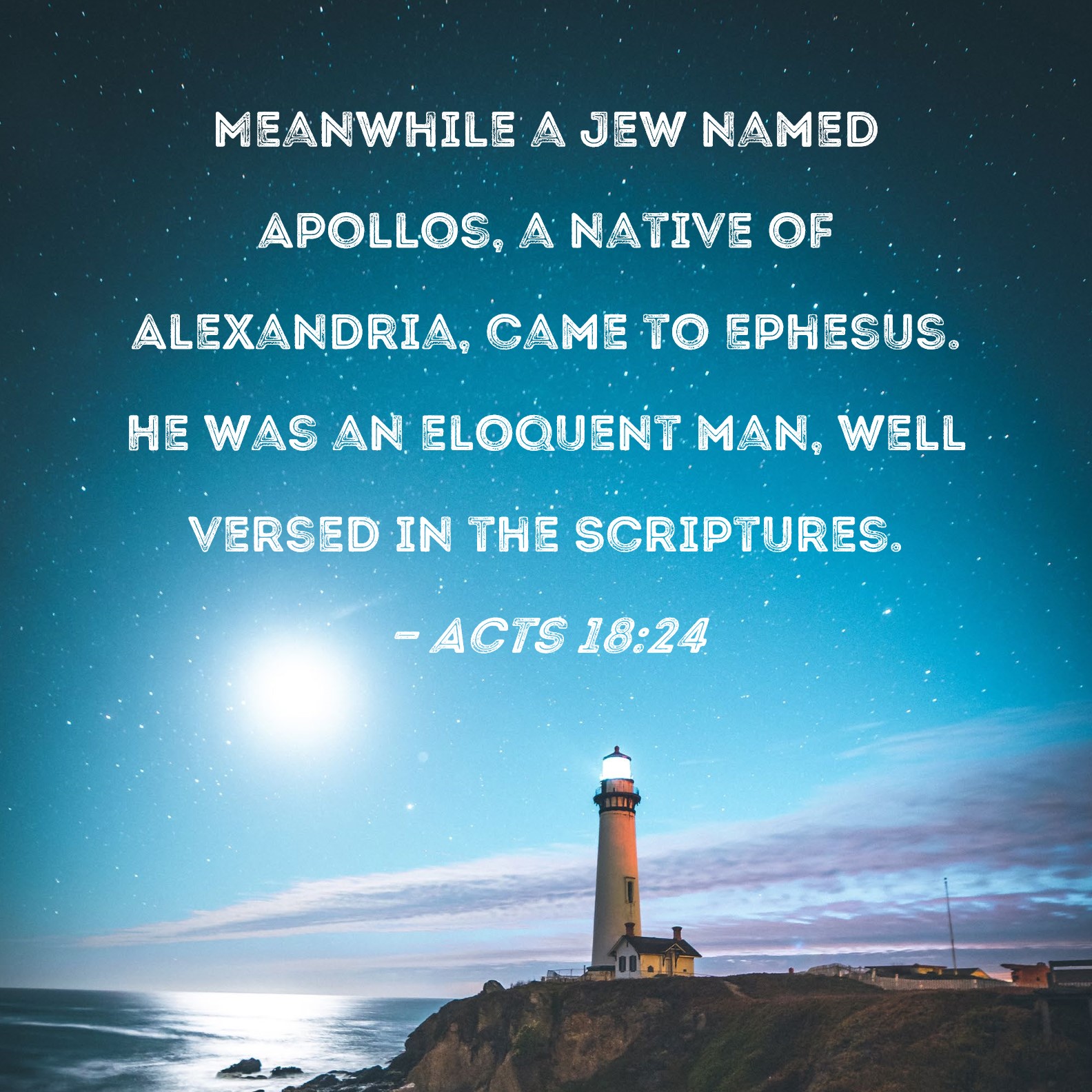 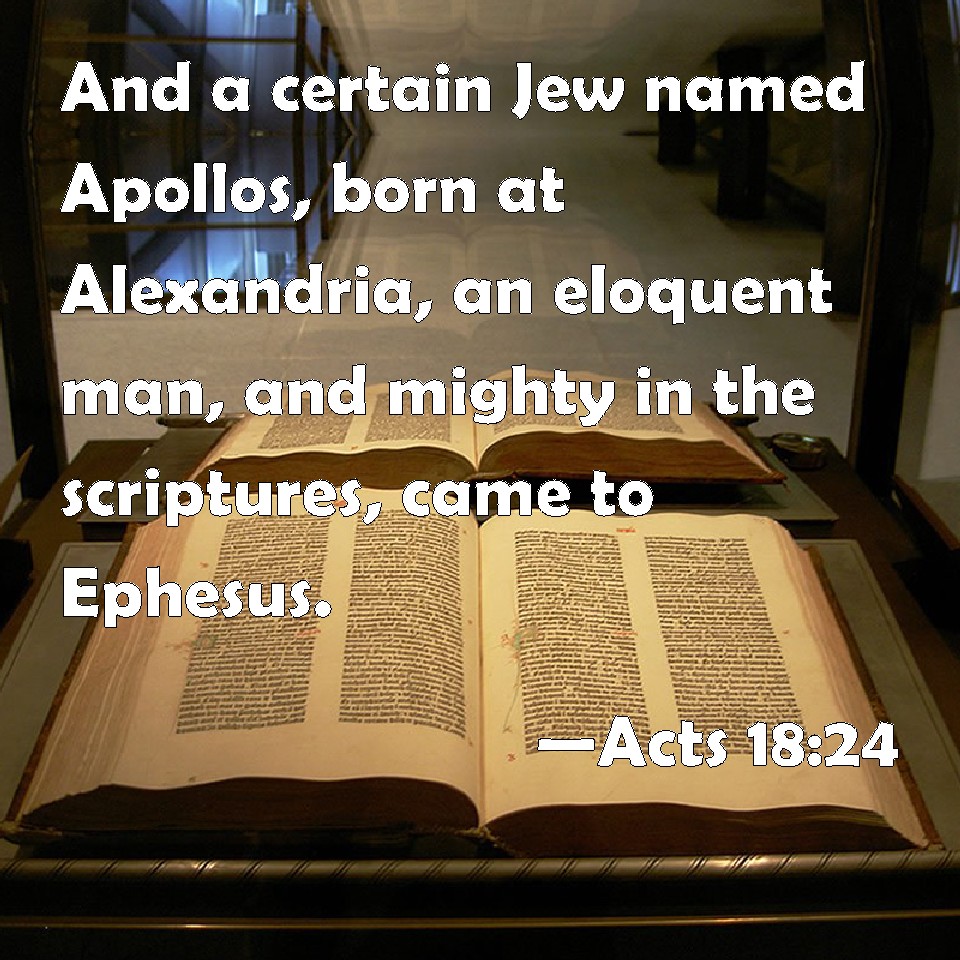
New International VersionMeanwhile a Jew named Apollos, a native of Alexandria, came to Ephesus. He was a learned man, with a thorough knowledge of the Scriptures.
New Living TranslationMeanwhile, a Jew named Apollos, an eloquent speaker who knew the Scriptures well, had arrived in Ephesus from Alexandria in Egypt.
English Standard VersionNow a Jew named Apollos, a native of Alexandria, came to Ephesus. He was an eloquent man, competent in the Scriptures.
Berean Standard BibleMeanwhile a Jew named Apollos, a native of Alexandria, came to Ephesus. He was an eloquent man, well versed in the Scriptures.
Berean Literal BibleNow a certain Jew named Apollos, a native of Alexandria, came to Ephesus, being an eloquent man, mighty in the Scriptures.
King James BibleAnd a certain Jew named Apollos, born at Alexandria, an eloquent man, and mighty in the scriptures, came to Ephesus.
New King James VersionNow a certain Jew named Apollos, born at Alexandria, an eloquent man and mighty in the Scriptures, came to Ephesus.
New American Standard BibleNow a Jew named Apollos, an Alexandrian by birth, an eloquent man, came to Ephesus; and he was proficient in the Scriptures.
NASB 1995Now a Jew named Apollos, an Alexandrian by birth, an eloquent man, came to Ephesus; and he was mighty in the Scriptures.
NASB 1977Now a certain Jew named Apollos, an Alexandrian by birth, an eloquent man, came to Ephesus; and he was mighty in the Scriptures.
Legacy Standard BibleNow a Jew named Apollos, an Alexandrian by birth, an eloquent man, arrived at Ephesus; and he was mighty in the Scriptures.
Amplified BibleNow a Jew named Apollos, a native of Alexandria, came to Ephesus. He was an eloquent and cultured man, and well versed in the [Hebrew] Scriptures.
Christian Standard BibleNow a Jew named Apollos, a native Alexandrian, an eloquent man who was competent in the use of the Scriptures, arrived in Ephesus.
Holman Christian Standard BibleA Jew named Apollos, a native Alexandrian, an eloquent man who was powerful in the use of the Scriptures, arrived in Ephesus.
American Standard VersionNow a certain Jew named Apollos, an Alexandrian by race, an eloquent man, came to Ephesus; and he was mighty in the scriptures.
Contemporary English VersionA Jewish man named Apollos came to Ephesus. Apollos had been born in the city of Alexandria. He was a very good speaker and knew a lot about the Scriptures.
English Revised VersionNow a certain Jew named Apollos, an Alexandrian by race, a learned man, came to Ephesus; and he was mighty in the scriptures.
GOD'S WORD® TranslationA Jew named Apollos, who had been born in Alexandria, arrived in the city of Ephesus. He was an eloquent speaker and knew how to use the Scriptures in a powerful way.
Good News TranslationAt that time a Jew named Apollos, who had been born in Alexandria, came to Ephesus. He was an eloquent speaker and had a thorough knowledge of the Scriptures.
International Standard VersionMeanwhile, a Jew named Apollos arrived in Ephesus. He was a native of Alexandria, an eloquent man, and well versed in the Scriptures.
Majority Standard BibleMeanwhile a Jew named Apollos, a native of Alexandria, came to Ephesus. He was an eloquent man, well versed in the Scriptures.
NET BibleNow a Jew named Apollos, a native of Alexandria, arrived in Ephesus. He was an eloquent speaker, well-versed in the scriptures.
New Heart English BibleNow a certain Jew named Apollos, an Alexandrian by race, an eloquent man, came to Ephesus. He was mighty in the Scriptures.
Webster's Bible TranslationAnd a certain Jew named Apollos, born at Alexandria, an eloquent man, and mighty in the scriptures, came to Ephesus.
Weymouth New TestamentMeanwhile a Jew named Apollos came to Ephesus. He was a native of Alexandria, a man of great learning and well versed in the Scriptures.
World English BibleNow a certain Jew named Apollos, an Alexandrian by race, an eloquent man, came to Ephesus. He was mighty in the Scriptures.
Literal Translations
Literal Standard VersionAnd a certain Jew, Apollos by name, an Alexandrian by birth, a man of eloquence, being mighty in the Writings, came to Ephesus;
Berean Literal BibleNow a certain Jew named Apollos, a native of Alexandria, came to Ephesus, being an eloquent man, mighty in the Scriptures.
Young's Literal TranslationAnd a certain Jew, Apollos by name, an Alexandrian by birth, a man of eloquence, being mighty in the Writings, came to Ephesus,
Smith's Literal TranslationAnd a certain Jew, Apollos by name, an Alexandrian by birth, an eloquent man, arrived at Ephesus, being able in the writings.
Catholic Translations
Douay-Rheims BibleNow a certain Jew, named Apollo, born at Alexandria, an eloquent man, came to Ephesus, one mighty in the scriptures.
Catholic Public Domain VersionNow a certain Jew named Apollo, born at Alexandria, an eloquent man who was powerful with the Scriptures, arrived at Ephesus.
New American BibleA Jew named Apollos, a native of Alexandria, an eloquent speaker, arrived in Ephesus. He was an authority on the scriptures.
New Revised Standard VersionNow there came to Ephesus a Jew named Apollos, a native of Alexandria. He was an eloquent man, well-versed in the scriptures.
Translations from Aramaic
Lamsa BibleAnd a certain Jew named A-pol’los, a native of Al-ex-an’dri-a, an eloquent man and well versed in the scriptures, came to Eph'esus.
Aramaic Bible in Plain EnglishOne man, a Jew whose name was Apollo, a native of Alexandria and instructed in the word, was familiar with the Scriptures and he came to Ephesaus.
NT Translations
Anderson New TestamentAnd a certain Jew, named Apollos, an Alexandrian by birth, an eloquent man, and mighty in the Scriptures, came to Ephesus.
Godbey New TestamentAnd a certain Jew, Apollos by name, an Alexandrian by race, an eloquent man, came into Ephesus, being mighty in the scriptures.
Haweis New TestamentNow a certain Jew named Apollos, an Alexandrian by birth, a man of eloquence, who was powerful in the Scriptures, had come to Ephesus.
Mace New TestamentIn the mean time a Jew, nam'd Apollos, born at Alexandria, a man of letters, and vers'd in the scriptures, arriv'd at Ephesus.
Weymouth New TestamentMeanwhile a Jew named Apollos came to Ephesus. He was a native of Alexandria, a man of great learning and well versed in the Scriptures.
Worrell New TestamentNow a certain Jew, Apollos by name, an Alexandrian by birth, a learned man, came down to Ephesus; and he was mighty in the Scriptures.
Worsley New TestamentNow there came to Ephesus a certain Jew named Apollos, an Alexandrian by birth, an eloquent man, and mighty in the scriptures.
|
|
|
|
|
|
From Venite Prandete
Tradition tells us that amongst the treasures of the Church entrusted to St. Lawrence was the Holy Grail, the chalice used by Our Lord at the Last Supper.

Valencia’s sacred chalice
To protect this precious relic from the prefect of Rome, St. Lawrence entrusted it to a friend, the Spanish soldier Proselius, whom he knew would travel back to Huesca and asked him to give it to his parents for safe keeping.
In turn, St. Lawrence’s family sent the Holy Chalice to the monastery of San Juan de la Peña (north of Huesca) for preservation and veneration. In 1399, the relic was handed over to the King of Aragon, Martin “The Human” who kept it in the Royal Palace of Zaragoza and then in the Royal Palace of Barcelona in 1410 when he died.
Towards 1424, his successor King Alfonso the Magnanimous kept it in the Valencia Palace. Because of his stay in Naples, it was given with the rest of the royal relics to the Valencia Cathedral in 1437.
Since the 15th century, the Holy Grail has been kept and venerated in the Cathedral of Valencia and it was carried during the procession of Holy Thursday up to the 18th century. During the Napoleonic Wars, between 1809 and 1813, the chalice was taken to Alicante, Ibiza and Palma de Mallorca, escaping from Napoleonic invaders. During the Spanish Civil War (1936-1939), it was hidden in the city of Carlet, south of Valencia.
Today, traditions tell us the Holy Grail is located and venerated in a special chapel in the cathedral of Valencia in Spain.’
***
ST LAWRENCE
FEAST DAY 10th AUGUST
The authors of The Bad Catholics Guide to Good Living (1) tell us, of St Lawrence:
“This early Church administrator is known both for his courage and his snarky sense of humour. When the increasingly intolerant Roman government demanded that Lawrence collect all the supposed wealth of the persecuted underground Church, St Lawrence distributed all the wealth to the poor, then gathered the widows, orphans, beggars, cripples and lepers who lived on Catholic charity and presented them to the emperor saying: “Here are the treasures of the Church.”
Charmed by his wit, Valerian condemned Lawrence to be slowly, agonisingly burned to death over a grill.
As the Roman guards stoked the fires, Lawrence displayed the power of grace, and his irresistible comic timing, by telling the Romans: “I am done on this side, you may turn me over.”
Infuriated, they did just that (neglecting to baste).
As he breathed his last, Lawrence whispered: “I am done, now you may eat.”
The history above is recorded by St Ambrose – St Lawrence was one of the seven deacons of Rome under Pope Sixtus II, who was also martyred a few days prior to the martyrdom of St Lawrence. Both of these illustrious names form part of the Invocation of the Saints in the Canon of the Mass as Martyrs of the early Church, now in heaven, together with the other six deacons and Pope St. Sixtus II who had preceded him in martyrdom.
Several senators who were present at his death were so powerfully moved by his heroic fortitude and piety that they became Christians on the spot.
These noblemen took the martyr’s body and gave it an honorable burial in the Veran field, near the road to Tivoli, on the 10th of August, 258.
Within 50 years of his martyrdom, the Christian Emperor Constantine had a patriarchal church built over his tomb, the site now known as the Basilica of St. Lawrence-Outside-the-Walls, (San Lorenzo Fuori Le Mura), where his relics can be venerated today.
The Catholic Church has declared him to be the Patron Saint of chefs, and his feast day is traditionally celebrated by a grill or a barbecue.
(1) John Zmirak & Denise Matychowiak, Crossroad, New York, (2005), at p. 119.
https://catholicismpure.wordpress.com/2023/08/11/st-lawrence-and-the-holy-grail/ |
|
|
|
|
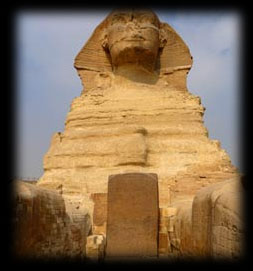 
- The Egyptian capital Cairo, situated adjacent to Giza, derives its name from Al Qahira denoting Mars (more literally it means "the victorious")
- The ancient Egyptians called Mars "Horus of the Horizon" (Horakhti), the same name given to the Great Sphinx
- Mars was also called "Horus the Red" (Hor Dshr), and for a long time the Sphinx was painted red
- Just as the Great Sphinx is the hybrid of man and a lion, in ancient Hindu myths Mars is Nr-Simha, the "Man-Lion"
- The term "pyramid" derives from the Greek term pyr meaning 'fire', as in Mars the "fire planet" (Mars is often referred to as pyroeis in Greek)
The Great Sphinx is also an equinox marker, aligning with the sunrise on those days every year. Tellingly the equinoxes were very Martian in 2014:
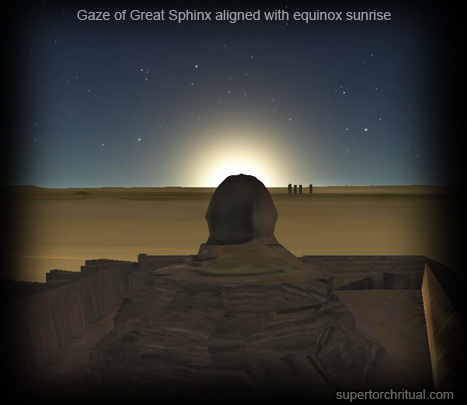 [Autumnal equinox - Sep 22-23, 2014]
Sep 22, 2014 NASA's MAVEN Mars probe safely brakes into orbitSep 24 India's First Mars Probe Makes Historic Red Planet Arrivalhttps://www.goroadachi.com/etemenanki/rosetta_code.html [Autumnal equinox - Sep 22-23, 2014]
Sep 22, 2014 NASA's MAVEN Mars probe safely brakes into orbitSep 24 India's First Mars Probe Makes Historic Red Planet Arrivalhttps://www.goroadachi.com/etemenanki/rosetta_code.html |
|
|
|
|
Cuadro: Alejandría, la Jerusalem egipcia
Anteriormente a los romanos, 300 años antes del nacimiento de Jesús, Alejandro Magno murió sin descendencia, por lo que su imperio se dividió entre sus generales, siendo Ptolomeo el que quedó a cargo del país de las pirámides. Con ello se creó un sincretismo entre los antiguos dioses egipcios y los helénicos. Toth pasó a ser Hermes, y su famoso libro dio origen a la famosa Tabla Esmeralda, e Imhotep, dios de la medicina, fue asimilado con Asclepios. Surgieron nuevos dioses como el adorado Serapis, dios artificial creado a partir del dios egipcio Asar-Hapis (Osiris-Apis), que pasó a ser el esposo de Isis, cuyo culto se desarrolló por todo el Mediterráneo. La adoración a Isis llevó consigo la celebración del nacimiento de Horus, conocido como Harpócrates por los griegos e identificado on ÇApolo y el Sol Invictus por los romanos.
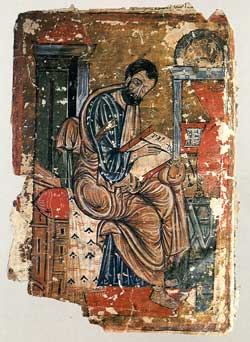
San Marcos
Tras la muerte de Cleopatra (30 a.C.), quien fue una alta sacerdotisa de Isis, Egipto se convirtió en una provincia romana. Alejandría, capital cultural de Egipto, reunía una gran cantidad de filósofos griegos, romanos y judíos escapados de Judea, que fueron desarrollando un culto común en la creencia de que la inmortalidad se conseguía gracias a la iniciación de un “Hijo de Dios muerto y resucitado”, en donde la muerte y el renacimiento era simbolizado por el nacimiento de Horus. El Adonis fenicio, el Attis frigio, el Osiris Egipcio, el Serapis alejandrino todos ellos fueron hijos de dios. Los romanos habían importado de Egipto el culto de Mitra, “Hijo de Dios muerto y resucitado”, cuyo cumpleaños se celebraba el 25 de diciembre.
Con este escenario de creencias hace aparición en Alejandría el cristianismo. La fecha del nacimiento de Mitra fue adoptada por los primeros cristianos como fecha del nacimiento de Jesús, hecho asociado a la señal en el cielo que marcaba una estrella de oriente. Pese que el apóstol que evangelizó Egipto fue Marcos, padre de la iglesia copta, es el evangelio de Mateo el único que nos habla del viaje realizado por la Sagrada Familia a Egipto. Los expertos aseguran que dicho evangelio fue escrito en Alejandría entre los años 40 y 80 d.C. por personas que no podían mantenerse ausentes de los acontecimientos astronómicos que se celebraban desde los antiguos egipcios. Por aquellas fechas en la noche del 25 de diciembre se podía ver ascender por el horizonte las tres estrellas del cinturón de Orión, los tres “reyes” que antecedían la salida de la estrella de oriente, Sirio, que si antiguamente simbolizaba a Isis de la que nació Horus, se transformo en época cristiana en la Madona que daba luz al niño Jesús. Las tres estrellas se convirtieron en la tradición en los Reyes Magos de Oriente.
Por el efecto de la precesión de los equinoccios, la estrella Sirio permanece 72 días al año bajo el horizonte, por lo que no se puede ver. Después de este periodo la estrella vuelve a verse, momento en que se conmemoraba en el Antiguo Egipto el año nuevo. La simbología era la del nacimiento del Horus divino desde el vientre de su madre Isis, representada por dicha estrella. El acontecimiento astronómico varía 8,5 días cada 1000 años. Actualmente el orto helíaco de Sirio se produce el día 5 de agosto, mientras que época de Jesús el hecho se producía el 19 de julio. Es por ello por lo que cuando los romanos cambiaron su calendario lunar a otro solar, de la mano del astrónomo alejandrino Sosígenes, se nombró al mes de salida de la estrella de Sirio con el nombre de Julio César, en ese nuevo calendario “juliano” que no era otra cosa que la continuidad que tuvieron los egipcios durante 3300 años a la hora de medir el tiempo.

Fortaleza Babilonia, Iglesia
El misterio del nacimiento de Horus, nacido de la virgen Isis, tenía por tanto continuidad en la liturgia cristiana, ideas tradicionalmente aceptadas que favorecieron la expansión del cristianismo en tierras egipcias. Un concepto de muerte y resurrección que ha llegado hasta nuestros días ya que, por azares del destino o por causalidades misteriosas, en la pasada noche del 31 de diciembre del año 1.999, cuando todo el mundo se preparaba para la festividad de la entrada del tercer milenio, Sirio marcaba su culminación en el meridiano. Si el helicóptero hubiera colocado (cosa que al final no ocurrió) el piramidión dorado sobre la cúspide truncada de la Gran Pirámide, se podría haber visto mirando desde la cara norte del monumento a Sirio colocado sobre la cúspide, alineado correctamente con el canal sur de ventilación de la cámara de la Reina. Es seguro que muchas sociedades secretas, que muchos estudiosos de los cultos isíacos, considerasen ese momento como el que anunciara la segunda venida de Horus, o de Jesucristo.
Resulta curioso que el único de los discípulos que visitó Egipto fuese Marcos, cuando el único que en los evangelios habla de Egipto fuese Mateo. La tradición oculta esotérica, recogida en sectores de librepensadores, afirma que si por un lado Mateo configuraba las normas de la Iglesia Marcos ofrecía un cristianismo que fue acogido por las corrientes gnósticas.
Hasta el nacimiento del cristianismo todos los adeptos a las diferentes liturgias debían pasar por una iniciación más o menos extensa. El cristianismo rompió esa tradición ya que para pertenecer al grupo sólo se debía profesar la creencia como acto de fe. Fue entonces cuando se produjo la ruptura entre los que, como los antiguos egipcios, el conocimiento era el camino hacia la iluminación, y los que dejaban en manos de la incipiente Iglesia su “salvación”. Una diferenciación que, a lo largo del tiempo, se convirtió en verdaderas persecuciones de los poderosos contra los sectarios y produjo el oscurantismo religioso y científico cuyos flecos han llegado hasta nuestros días pese a los esfuerzos realizados durante el Renacimiento.
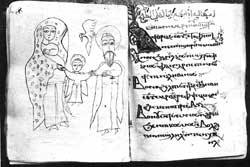 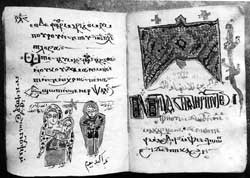
En Alejandría se gestó, o pudo gestarse el pensamiento que ha predominado los últimos dos milenios. Los sabios que moraban en sus casas tuvieron la capacidad de combinar el hábito por la meditación con el desarrollo de la cosa pública, algo que iba en contra de unos poderes a los que no interesaba que el pueblo tuviera un acceso a la divinidad distinto al que propocionaba sus arcas. Y cuando en marzo del año 415 los cristianos enardecidos por el patriarca de Alejandría asesinaron a Hipatia no sólo acabaron con la mujer más notable de la Antigüedad, sino que obligaron a los herederos de la filosofía griega, a los seguidores de Horus, a refugiar su culto a ojos profanos. En Belén nació Jesús, en Alejandría volvió a nacer, como lo había hecho varias veces a lo largo de los tiempos.
http://manueljosedelgado.wordpress.com/tag/jesus-en-egipto/
|
|
|
|
|
Arco de triunfo del Carrusel
El arco de triunfo del Carrusel es un monumento parisino que data de 1809 y que se encuentra en la plaza del Carrusel, en el I distrito, entre el Museo del Louvre y el jardín de las Tullerías. Con entradas en cada una de sus cuatro caras (tetrápilo), este arco de triunfo fue objeto de una clasificación en el título de los monumentos históricos desde el 10 de septiembre de 1888.1 En 1999, quedó incluido dentro de la delimitación del ámbito de Riberas del Sena en París, bien declarado patrimonio de la Humanidad por la Unesco.2
El sitio es servido por la estación de metro de Palais Royal - Louvre.
Napoleón Bonaparte hizo erigir un arco de triunfo llamado el Arco de Triunfo del Carrusel, en conmemoración de sus victorias militares. El arco fue construido entre 1806 y 1808 por Pierre-François-Léonard Fontaine y Charles Percier, según el modelo del arco de Constantino en Roma.
Los cuatro caballos originales de la cuadriga de bronce que se halla en lo alto del arco son una réplica de los que están en el museo de la Basílica de San Marcos de Venecia, ya que los originales fueron parte del botín de guerra que Napoleón consiguió al abolir la república de Venecia (1797), los cuales se encontraban en la plaza de la catedral de San Marcos (y habían sido traídas de Constantinopla tras el saqueo de la ciudad en 1204) y a su vez son copias de originales griegos de bronce dorado del siglo iv a. C. que venían del Templo del Sol de Corinto.
Los bajorrelieves relatan sus victorias de 1805. Son obra de los escultores Jean-Joseph Espercieux, Pierre Cartellier, Louis Pierre Deseine y Jacques-Philippe Lesueur.
Las cuatro columnas de orden corintio son de mármol rosa, así como el entablamento. Cada una sirve de pedestal a una estatua de un soldado con el típico uniforme del Gran Ejército napoleónico (ver foto a la derecha).
El carro está escoltado por las alegorías de la Victoria y de la Paz, en oro (esta última es obra de François Joseph Bosio (1768-1845)).
Se cree comúnmente que la persona que conduce el carro es el emperador en persona. Sin embargo, no es así. Efectivamente se fabricó una estatua de bronce de Napoleón en triunfo conduciendo el carro de la victoria y se la colocó en su lugar correspondiente. Pero el emperador rehusó al final ver su efigie en la cumbre de este arco dedicado al Gran Ejército. Se quitó la estatua en 1812 debido a dificultades técnicas, y el carro se quedó vacío hasta 1828. La citada estatua de Napoleón es de bronce dorado y es obra de François Frédéric Lemot (fue un pedido de Vivant Denon). Se encuentra actualmente en el museo del Louvre, a escasos cincuenta metros de su destino original.
Cuando en 1815 los oponentes de Napoleón ocupan París, desmontan los bajorrelieves, devuelven los caballos a Venecia y destruyen el carro.
Los bajorrelieves se vuelven a montar en 1820 y, ocho años más tarde, el rey Carlos X instala una copia de la cuadriga, conducida por una alegoría de la Restauración (de la monarquía) con la constitución en su mano izquierda.
El frontispicio delantero tiene la siguiente inscripción:
El ejército francés embarcado en Boulogne amenazaba a Inglaterra. Una tercera coalición estalla en el continente. Los franceses vuelan del océano al Danubio. Baviera es liberada, el ejército austríaco es preso en Ulm. Napoléon entra en Viena y triunfa en Austerlitz. En menos de cien días la coalición es disuelta.
La parte posterior presenta un aspecto muy semejante, con el siguiente texto en el frontispicio:
A la voz del vencedor de Austerlitz cae el Imperio de Alemania. Empieza la Confederación del Rin. Los reinos de Baviera y Wurtemberg son creados. Venecia es reunida a la corona de hierro. Italia entera adopta las leyes de su liberador.
Gracias a una perfecta alineación, se puede ver desde el arco el jardín de las Tullerías, el obelisco de la plaza de la Concordia, los Campos Elíseos y el Arco del Triunfo. Dando media vuelta, se observa la pirámide del Louvre y el paso a la corte interior del palacio del Louvre.
- Vistas históricas del arco de triunfo del Carrusel
-
Napoléon passant en revue ses troupes devant l'arc de triomphe du Carrousel en 1810 (1901), aguafuerte de Auguste Boulard (hijo) según François Flameng.
-
Un jour de revue sous l'Empire (1862), de Hippolyte Bellangé.
-
El arco de triunfo y el palacio de las Tullerías hacia 1860.
-
-
El arco de triunfo en los años 1914-1918.
-
Arco de triunfo del Carrusel (al fondo se ve el obelisco de la plaza de la Concordia y más al fondo, el Arco de Triunfo).
|
|
|
|
|
Caída de la República de Venecia
La República de Venecia fue disuelta y desmembrada por el general francés Napoleón Bonaparte y la Monarquía de los Habsburgo el 12 de mayo de 1797, poniendo fin a aproximadamente 1100 años de su existencia. Fue la última acción de la campaña italiana de Napoleón de 1796-1797 antes de que la Guerra de la Primera Coalición terminara formalmente en octubre.
En 1796, el joven general Napoleón había sido enviado por la recién formada República Francesa para enfrentarse a Austria, como parte del frente italiano de las Guerras Revolucionarias Francesas . Eligió pasar por Venecia, que era oficialmente neutral. A regañadientes, los venecianos permitieron que el formidable ejército francés entrara en su país para que pudiera enfrentarse a Austria. Sin embargo, los franceses comenzaron a apoyar de forma encubierta a los revolucionarios jacobinos dentro de Venecia, y el senado veneciano comenzó a realizar preparativos silenciosos para la guerra. Las fuerzas armadas venecianas estaban mermadas y difícilmente podían competir con los franceses, experimentados en batalla, o incluso con un levantamiento local. Después de la captura de Mantua el 2 de febrero de 1797, los franceses abandonaron cualquier pretexto y llamaron abiertamente a la revolución en los territorios de Venecia. Para el 13 de marzo, hubo una revuelta abierta, con la separación de Brescia y Bérgamo . Sin embargo, el sentimiento proveneciano siguió siendo alto, y Francia se vio obligada a revelar sus verdaderos objetivos después de brindar apoyo militar a los revolucionarios de bajo rendimiento.
El 25 de abril, Napoleón amenazó abiertamente con declarar la guerra a Venecia a menos que se democratizara. El Senado veneciano accedió a numerosas demandas, pero ante la creciente rebelión y la amenaza de una invasión extranjera, abdicó en favor de un gobierno de transición de jacobinos (y, por lo tanto, de los franceses). El 12 de mayo, Ludovico Manin , el último dux de Venecia, abolió formalmente la Serenísima República de Venecia después de 1.100 años de existencia.
El 17 de abril, en el Tratado de Leoben, los franceses y los austriacos habían acordado en secreto que, a cambio de entregar Venecia a Austria, Francia recibiría las posesiones de Austria en los Países Bajos. Francia ofreció a la población la oportunidad de votar si aceptaba los términos, ahora públicos, del tratado que los cedía a Austria. El 28 de octubre, Venecia votó a favor de aceptar los términos. La preferencia por Austria sobre Francia estaba bien fundada: los franceses procedieron a saquear Venecia a fondo. Además, robaron o hundieron toda la Armada veneciana y destruyeron gran parte del Arsenal veneciano , un final humillante para la que una vez había sido una de las armadas más poderosas de Europa.
El 18 de enero de 1798, los austriacos tomaron el control de Venecia y pusieron fin al saqueo. Sin embargo, el control de Austria duró poco, ya que Venecia volvería a estar bajo control francés en 1805. Luego regresó a manos austriacas en 1815 como el Reino de Lombardía-Venecia hasta su incorporación al Reino de Italia en 1866.
|
|
|
 Primeira Primeira
 Anterior
13 a 27 de 27
Seguinte Anterior
13 a 27 de 27
Seguinte
 Última
Última

|








.jpg)





 Flip
Flip





